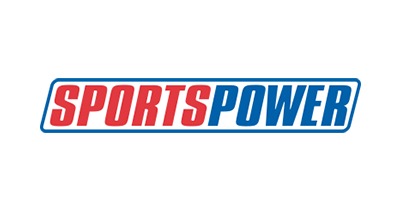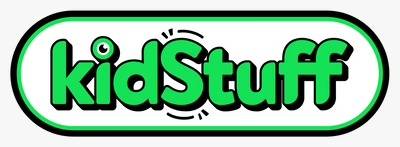A Guide to Cat & Dog Food Options & Nutritional Value. As a pet owner, one of the most important decisions you will make is choosing the right food for your furry friend. Whether you have a cat or a dog, the type of food you provide can greatly impact their health and well-being. In this blog post, we will discuss the different types of food available for cats and dogs, as well as the benefits and drawbacks of each option.
First, let’s talk about cat food. There are several types of cat food available on the market, including dry, wet, and raw food. Dry food is the most popular and convenient option, as it can be stored for long periods of time and is easy to serve. Wet food is also a popular option, as it provides more moisture and can be beneficial for cats with urinary tract issues. However, wet food is more expensive and has a shorter shelf life than dry food. Raw food is a newer option that has gained popularity in recent years, as it is considered to be the most natural and nutrient-dense option. However, it is also the most expensive and requires careful handling and storage to prevent bacterial contamination.
Nutritional value of pet food
When choosing cat food, it is important to consider the ingredients and the nutritional value. Cats are obligate carnivores, which means that they need a diet that is high in protein and low in carbohydrates. Look for cat food that is made with high-quality protein sources, such as chicken or fish, and avoid those that contain fillers or by-products. Additionally, you should also look for cat food that is fortified with essential vitamins and minerals, such as vitamin A, D, and E, as well as taurine, which is essential for heart and eye health.
When it comes to dog food, there are also several options available, including dry, wet, and raw food. Like cat food, dry food is the most popular and convenient option for dogs, as it can be stored for long periods of time and is easy to serve. Wet food is also a popular option, as it provides more moisture and can be beneficial for dogs with dental issues. Raw food is also an option for dogs, but it requires careful handling and storage to prevent bacterial contamination.
Guide to Cat & Dog Food Options & Nutritional Value
When choosing dog food, it is important to consider the ingredients and the nutritional value. Unlike cats, dogs are not obligate carnivores and can thrive on a diet that includes a variety of proteins, such as chicken, fish, and beef, as well as carbohydrates, such as rice, barley, and potatoes. Look for dog food that is made with high-quality protein sources and avoid those that contain fillers or by-products. Additionally, you should also look for dog food that is fortified with essential vitamins and minerals, such as vitamin A, D, and E, as well as calcium and phosphorus, which are essential for strong bones and teeth.
Dog food ingredients
In conclusion, the type of food you provide for your cat or dog can greatly impact their health and well-being. Whether you choose dry, wet, or raw food, it is important to consider the ingredients and the nutritional value of the food. Look for food that is made with high-quality protein sources and is fortified with essential vitamins and minerals. With the right food, your furry friend will be happy and healthy for years to come.





